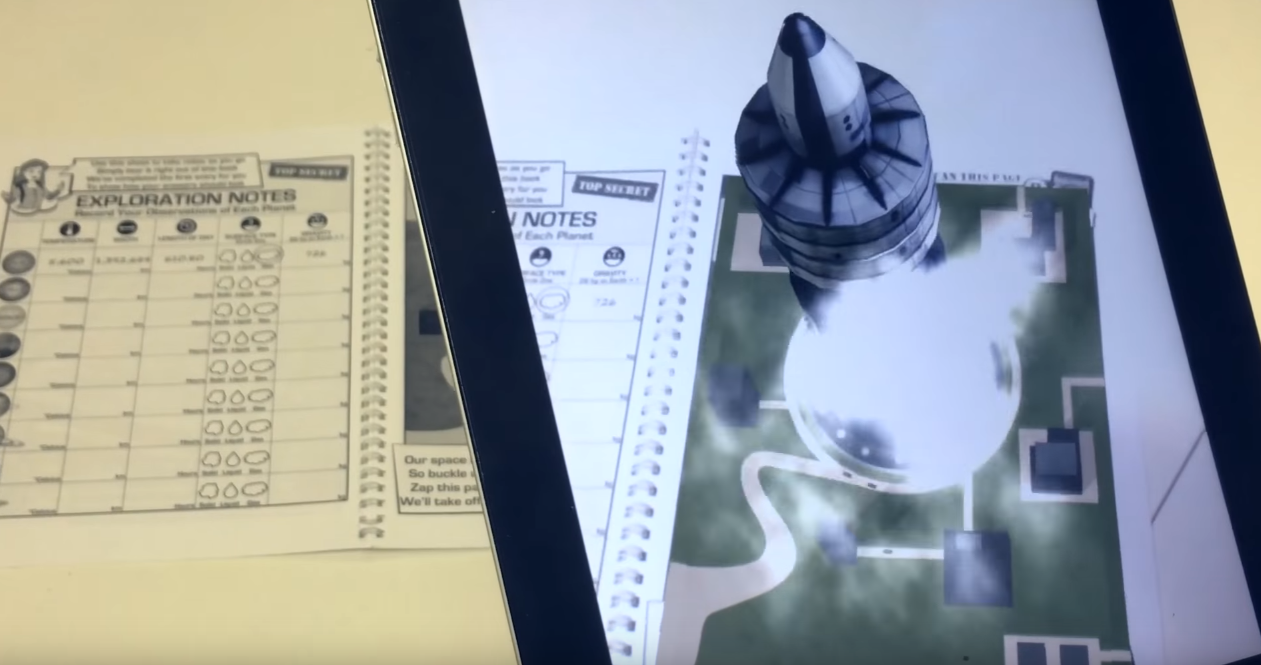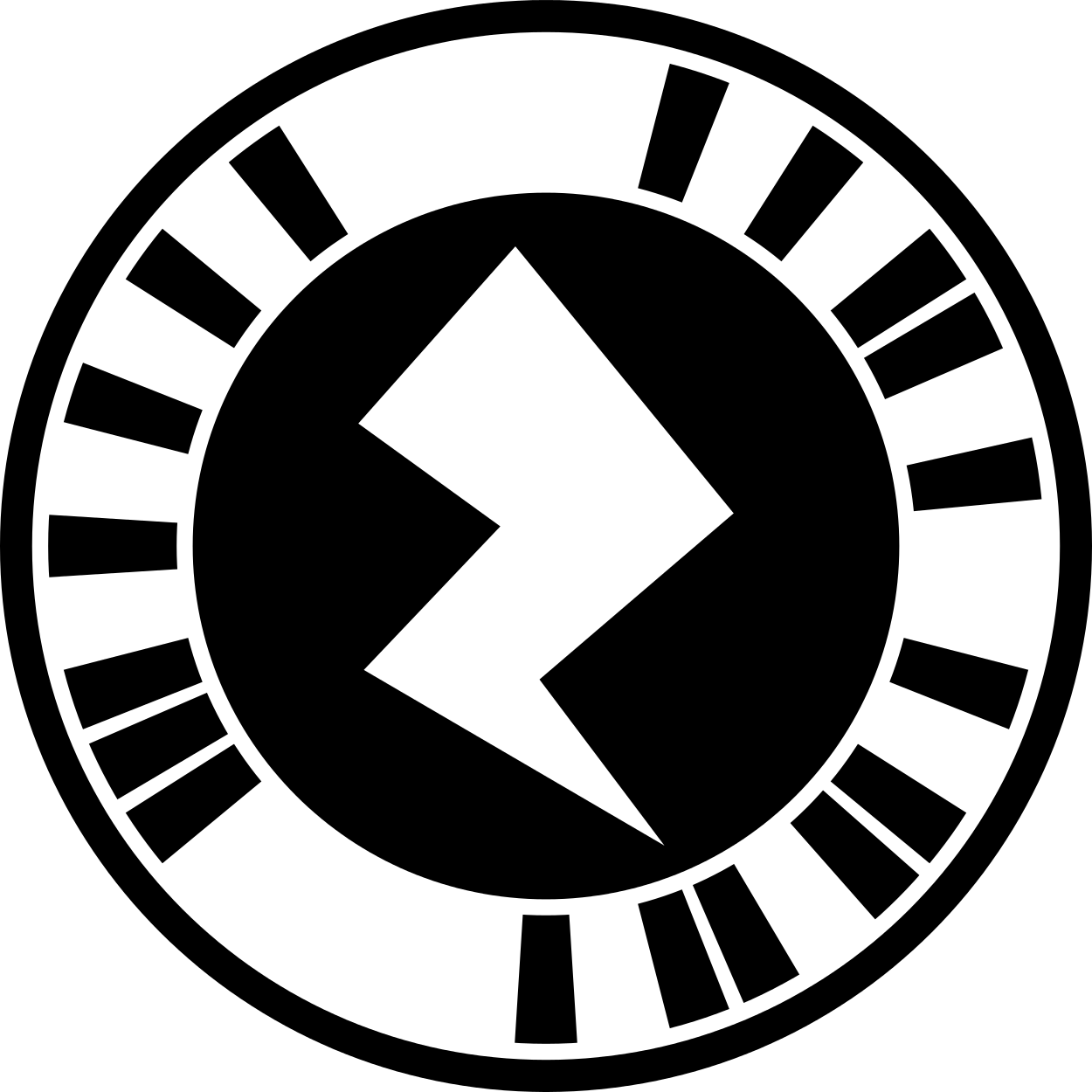What A Silly Little Ad Tells Us About AR
I almost deleted the email pitch I got from an unknown PR rep--it contained the terms “app” and “Angry Birds,” which are both keywords that make we want to delete things immediately. But the “augmented reality” bit in the email caught my eye.
The primary selling point of the application, ZapWorks (from Zappar), is its usefulness as an advertising tool. “Look!,” it seems to shout, “You can do ad stuff in AR!” Again, not something that lights my fire. However, I was intrigued by the promise of a new way to present and share information, so I sat down and gave the thing a whirl.
The demos were painfully advertisey, but I liked what I saw in terms of presentation. There were images, animations, music, links, and so on, and Zappar promised to let me create my own version with unparalleled ease. Ok, fine, I had (literally) ten minutes to give this silly little advertising app a spin, so I made an account and tried out the basic, free tool.
Now I’m hooked--more on the concept of creating my own augmented reality content than on ZapWorks itself--but I’m hooked.
Making A (Sort Of) AR App (Sort Of) All By Myself
The basic, widget-based ZapWorks tool could not be easier to use. You create a “zap” and add images, photo albums, audio, video, web links, and even contact info and calendar events.
This is what I made, just dinking around, in ten or so minutes:
...I know, it’s just a picture. But if you feel like downloading the free Zappar app, go ahead and do so; then open it and aim your phone’s camera at that image. Pretty cool, right?
Get Tom's Hardware's best news and in-depth reviews, straight to your inbox.
For those who don’t feel like downloading yet another app, here’s a video of what you would see:
Essentially, I reproduced the assets of one of our keyboard reviews and provided a link to the review itself.
I want to stress how easy it was to make that. I logged into the web interface and created a new project. Using the big, idiot-proof buttons, I uploaded a photo of the Nixeus Moda V2 we reviewed and then a Tom’s Hardware logo (to which I added a link to the review). I added a few audio files that show how the three keyboards in the review sounded, and I uploaded the short typing demo video, too. I made a photo album of pictures from the review, as well.
I clicked Publish and then Download, and then I had my little image that was embedded with all that magic. It took slightly less time for me to type these words than it did to make that thing.
Also note that the “zap” image there will work at virtually any size. In the video above, the image is full screen on my monitor, but I also sent a tiny thumbnail version of it to the rest of the news team via an instant messenger, and they were able to use it to see what I’d made. (Mostly, they were unimpressed. Philistines.) Zappar said your smartphone camera can scan and read a zap as small as 8mm in diameter.
New Ways To Make And Consume Content
What my luddite news team doesn’t seem to grasp is that apps like Zappar portend new ways to make and consume content.
I first encountered Zappar just before Pokémon Go became the most popular thing since the Beatles, and if anything, the unbridled success of the game reaffirms the idea that augmented reality is something that doesn’t have to be extraordinary to be extraordinarily enchanting.
Contrast that with virtual reality, a world where it’s easy to impress with a short demo like Arctic Journey for Google Cardboard but difficult to make extended experiences that keep people under the hood. Further, whereas VR experiences tend to require significant computing resources, AR typically demands far less, which is why Pokémon Go is a delight on smartphones and why a device like the HoloLens can work its magic running on just an Intel Cherry Trail chip and a companion HPU.
For the time being, the fact that smartphones can handle a variety of AR is the ace in the hole. Smartphones have achieved near ubiquity, and what’s more, they’re in our pockets and at the ready far more than PCs.
In other words, the consumption tool is already here. Granted, viewing AR through your smartphone screen is a bit of a stopgap until we all get quality, consumer-level AR and VR glasses, but it's one doozy of a stopgap.
Zappar’s Next Steps
It would be tempting to write off Zappar as little more than a QR code maker on steroids, but after speaking with company reps, it’s clear that the simple, widget-based experiences like the one I whipped up are just a starting point for the company.
Zappar has evolved. At first, it was receiving requests from clients looking for AR experiences. Client: Can you do X? Zappar: Uhh, sure. And then the team would figure out how to deliver on that request. (This is a familiar early-days tale I’ve heard from other companies that dove into the VR/AR/360-degree content market. They built their expertise and IP little by little, essentially upon request from clients.)
The Zappar teams had to build their own tools to make the products. Then, they introduced the widget-based and pro-level editing tools that were meant to enable clients to make their own content. These tools were more rudimentary than what Zappar was using internally, but as their internal tools improved, they released what they could for others to use.
In the meantime, technology being developed by others kept benefiting Zappar and its products in profound ways. For example, Google Daydream is a dream, as it were, for Zappar. Company reps told me that it jibes perfectly both with Zappar’s mission to democratize AR and also the practicalities of the demand for this sort of content. Daydream will be better than Google Cardboard, and the Daydream controller opens up a wealth of possibilities, all within the existing vast mobile ecosystem that Zappar had been leveraging all along.
There have been other fortuitous developments. One of the limitations of Zappar is that you need to have the Zappar app to read any zaps, but then Google announced Android Instant Apps, which to an extent obviates that problem. There’s also Project Tango, which is launching in a shipping product soon; tools like Zappar stand to benefit the most from technology like Tango, and the company told me that its research director is currently working on “something” that will integrate nicely with it. Zappar is also working to support 360-degree video, which is slowly becoming a more popular medium.
Recently, Zappar announced ZapWorks Studio, its most full-featured set of creation tools to date, which joins ZapWorks Widgets and ZapWorks Designer in the company's stable. Each offers a different level of complexity and capabilities, and ZapWorks Studio offers the highest levels of both. You do need to have some scripting knowledge to make use of it, but it offers the ability to create not just AR, but VR experiences and 3D models.
Here’s a quick teaser on what ZapWorks Studio can do:
Zappar offers pricing for ZapWorks at multiple levels for businesses, individuals, and academic institutions, primarily per seat. You can, however, try it out with a 30-day free trial. Note that in addition to the fact that users have to have the Zappar app to see zaps, if you let your Zappar account lapse, your zaps will go dark. That is, people can see your zaps only as long as there's an active account associated with them.
You can see some examples of Zappar-made experiences here. One of the more compelling is this AR-backed textbook:
The VR/AR/MR (XR) markets are developing quickly, and companies like Zappar wisely got in on the ground floor. Much of what you can see from Zappar and its ZapWorks tools is, at present, more “interesting” and “neat” and “fun” than “mind-blowing” or “earth-shattering.” You can chalk up some of that to how ad campaign-focused Zappar has been up to this point, but now that powerful ZapWorks tools are available, you can imagine that talented and creative individuals outside of Zappar will be making more and more compelling XR content. Increasingly, that content will be viewable (and probably shareable) on a wider and wider range of devices, from lower-end smartphones to AR glasses to mobile VR headsets.
This--the democratization of AR--has been Zappar’s mission, and as fate would have it, it seems to be the mission of many other companies, as well.
Seth Colaner previously served as News Director at Tom's Hardware. He covered technology news, focusing on keyboards, virtual reality, and wearables.
-
DSpider What kind of broke-ass player do you guys have that doesn't allow volume control? Are you kidding me?Reply -
bit_user Their proprietary markers and app are probably going to be short-lived, but give them a head start.Reply
I think Google, Facebook, etc. are going to have their own tags and ways of fixing annotations in physical space. What content you see will be a function of your profile settings and what their AI thinks you want to see.
I'm looking forward to some of the street art that people will create. I think it'll create a whole new type of tourism. -
Alathorne Your video of your zap would not run in Chrome for me. Don't know why. "Invalid Content Specified" Error #2048". Ran fine in Edge, tho'.Reply



